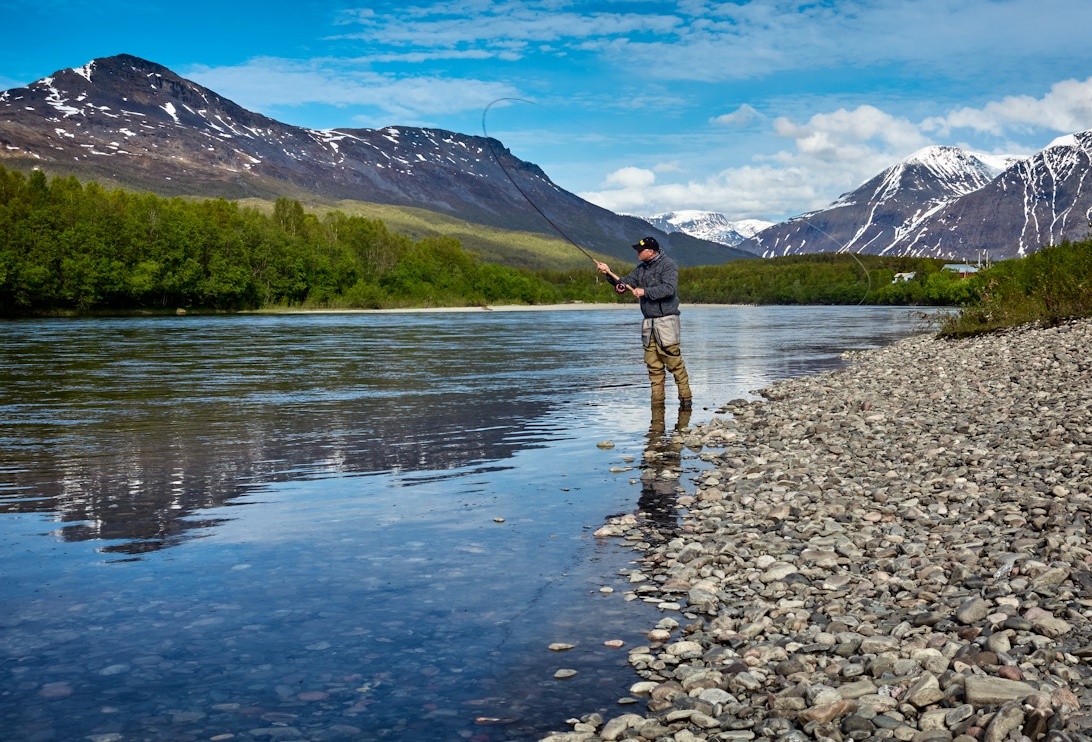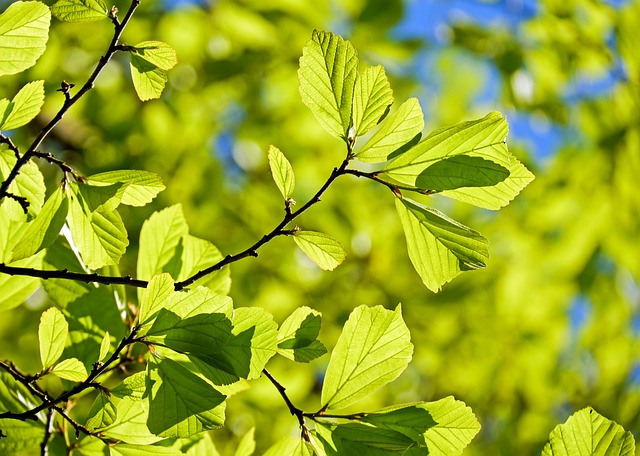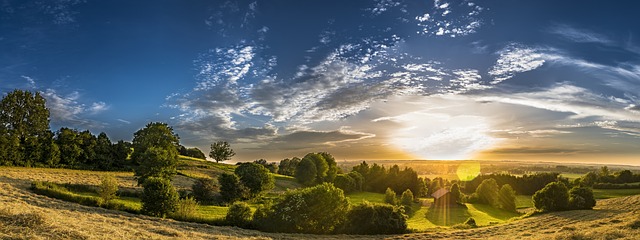
Tradisjonelle fisketeknikker langs norskekysten
Along our long and weather-beaten coast, the sea has always been more than just water. It has been a lifeline, a source of sustenance, and a fundamental shaper of our culture and identity. Having spent countless hours at sea myself, my fascination for the old fishing methods, passed down through generations, never fades. These techniques are not mere historical footnotes; they testify to a deep understanding of nature, the incredible adaptability of coastal people, and a way of life intrinsically linked to the rhythms of the ocean and the unique Norwegian environment.
Fishing as a way of life along the coast
For many along the coast, especially in earlier times, fishing was inseparable from a holistic existence. It wasn’t just about extracting food from the sea, but about building a life around the resources nature provided. In many Sea Sami communities, for instance, this manifested in the «fiskerbonde» (fisher-farmer) lifestyle, a combined livelihood common in historical Sea Sami culture. Here, the man might focus on fishing while the woman managed a small farm, tended livestock, gathered other resources, and perhaps even participated in boat building. The primary goal often wasn’t economic profit in the modern sense, but self-sufficiency – meeting the family’s needs and engaging in barter, exchanging goods like dried fish, wool, or nets for necessities like reindeer hides or meat from inland communities. This intricate combination of livelihoods created resilient local communities, deeply rooted in the landscape and sustained by a profound respect for nature’s balance.
Norway’s unique geography, characterized by one of the world’s longest coastlines, deep fjords cutting far inland, countless islands, and numerous rivers and lakes, naturally fostered an enormous diversity of fishing opportunities. From sheltered fjord fishing accessible even in harsh weather to the more demanding expeditions on the open sea, each region developed its specialized methods and traditions. As highlighted in overviews of Norwegian fishing, this rich variety has always been a defining feature. Essential knowledge about the best fishing spots, understanding currents, fish migrations, and behaviour was vital expertise. This knowledge was often passed down orally, carried by experience and careful observation from generation to generation, ensuring the continuity of harvesting sustainably from the sea.
Traditional techniques tools and preservation
Net fishing the backbone of the coastal harvest
Among the many traditional techniques, various types of nets were fundamental. Fishing with a garnlenke, essentially a chain of connected nets set strategically in the sea, was widespread along the coast. Hauling these nets was arduous work demanding raw muscle power, known locally as handmakt. I recall stories from older fishermen describing the sheer effort required to pull the heavy, wet nets aboard a small, open boat, especially the ilen – the rope with its buoy and anchor marking the end of the chain that had to be hauled first. Winter fishing added further hazards, notably the dreaded skjellis – a thin, razor-sharp layer of ice that could form on the fjord, capable of cutting through nets or even damaging the hulls of wooden boats. Another important technique involved the laksenot, a type of fixed trap or large net specifically designed for catching salmon near the coast. Sharing the catch was often integral to traditional coastal life; it’s often recounted how the first salmon caught in the net might be given away to neighbours, embodying the community spirit and shared reliance on the sea’s resources.
Juksafiske a direct line to the fish
Juksafiske represents another classic method, one many Norwegians, including myself, feel a close connection to. This is essentially fishing with a handline, typically equipped with a weight or lure (pilk) and one or more hooks. In its most basic form, resourceful fishers in the past might even use readily available materials like haresnarestreng (wire originally intended for hare snares) as the leader between the weight and the hook! The juksa was perfectly suited for fjord fishing, targeting species like cod and saithe, and it offers a direct, tactile connection with the fish that few other methods can replicate. It was a common way for young boys to learn the fundamentals of fishing, often fostering friendly competitions to see who could land the biggest catch.
The essential vessel and its care
While the gear was important, the boat was utterly essential. The traditional spissa, a type of wooden boat known for being easy to row and remarkably seaworthy within the fjords, was a common sight along large parts of the coast. For many youngsters growing up by the sea, the spissa was the first boat they learned to handle and maintain. Boat care followed the rhythm of the seasons. Each spring, the boat had to be hauled ashore for crucial maintenance: scraping the hull clean of marine growth, applying fresh tar for protection, and repairing any winter damage. This might involve replacing the stråkjølen – a sacrificial wooden strip fitted beneath the main keel specifically to protect it from wear and tear when beaching the boat – or adjusting the oars with skauter, small wooden blocks fitted into the oarlocks to achieve the perfect leverage and efficiency for rowing. This meticulous care was part and parcel of being a fisherman, requiring a deep understanding of both the marine environment and the vital equipment one depended upon.
Preserving the bounty for lean times
Once the catch was safely brought ashore, the crucial work of preservation began. In the era before refrigerators and freezers, drying and salting were essential methods for ensuring food security through the winter or preparing fish for trade. Tørrfisk (stockfish), particularly cod dried whole by the wind and sun, became a hugely valuable export commodity and a cornerstone of the economy in many coastal regions like Lofoten. Along the coast, large wooden racks known as hjeller were erected. Here, the fish was hung to dry in the salty, fresh sea air – a process resulting in a product that could last for years. The sight of these hjeller laden with fish remains one of the most iconic images associated with Norwegian coastal culture and history.
Diverse fishing grounds beyond the fjords
Inland waters and freshwater traditions
Although the rich coastal fisheries often dominate the narrative, we mustn’t overlook the significant traditional fisheries that existed alongside them in Norway’s inland waters. In our countless rivers and over 40 different species inhabit our lakes, freshwater fishing for trout, char, pike, perch, and carp has been vital for many inland communities. Furthermore, salmon fishing in the great rivers holds deep historical roots and employed its own specialized methods, including various nets, weirs, and rod fishing techniques. The legendary Tana River, forming part of the border with Finland and known as one of the world’s best Atlantic salmon rivers, exemplifies the importance of this freshwater fishing heritage, often tied to specific land rights and local traditions.
Deep sea pursuits and coastal challenges
Returning to the coast, deep-water fishing presented different challenges and rewards, particularly significant in Northern Norway and famous fishing grounds like Lofoten and Vesterålen. This type of fishing often required larger, more robust boats and different gear compared to fjord fishing, such as longlines. Success depended heavily on intricate knowledge passed down through generations: knowing the correct medene – specific landmarks on shore used to navigate precisely back to productive fishing spots far from land – understanding seabed conditions, and predicting the seasonal movements of fish were crucial skills. Species targeted in these deeper waters included commercially important fish like cod (especially during the winter spawning migration), haddock, and saithe, but also highly valued catches such as halibut, wolffish, and redfish, often sought after in regions like Northern Norway.
Echoes of tradition in modern times
Facing modern regulations and challenges
Today, traditional fishing practices face significant challenges. Modern fisheries legislation, heavily reliant on quota systems based on vessel size and documented past catch history, has inadvertently made it difficult for many small-scale fishers to continue. This system particularly impacted those who historically practiced combined livelihoods, like the Sea Sami «fiskerbonde», whose fishing activity might not have met the thresholds required to qualify for quotas. The traditional, often community-based self-regulation rooted in local ecological knowledge and a principle of not overharvesting has largely been superseded by a more centralized, bureaucratic system. This shift risks not only the continuity of a specific way of life but also the loss of invaluable, place-based traditional ecological knowledge built over centuries.
The enduring relevance of tradition
Nevertheless, the spirit of these traditions endures. Knowledge of old techniques is actively maintained within families, through dedicated coastal heritage groups (kystlag), and by educational institutions focusing on coastal culture and traditional outdoor skills. I am heartened to see that interest in traditional wooden boats and time-honoured fishing methods persists among younger generations. This interest is about more than simple nostalgia; it reflects a desire to understand our own history and to carry forward enduring values related to craftsmanship, sustainable resource use, and a deep respect for the sea. Many traditional methods were inherently sustainable, developed from a long-term perspective of living in balance with marine ecosystems – an understanding that we should not harvest more than nature can replenish.
The traditional fishing techniques along the Norwegian coast offer a profound window into the soul of the coastal people and the nation’s maritime heritage. They tell compelling stories of hardship and joy, innovation and endurance, and a deep, abiding relationship forged between communities and the sea that sustained them. Even if the heavy net chains (garnlenker) aren’t pulled by handmakt as often today, and the juksa reel might occasionally have electric assistance, the echo of these traditions resonates strongly. It is a rich heritage we must cherish and learn from, not merely as a memory of the past, but as a vital source of knowledge, cultural identity, and inspiration for navigating the future – a constant reminder of the enduring value of living in close, respectful harmony with the natural world.
Andre leste også

Redningsskøyta Colin Archer
29 desember 2021
Vi må ta vare på båtbyggerkunsten i Norge
5 juli 2021
